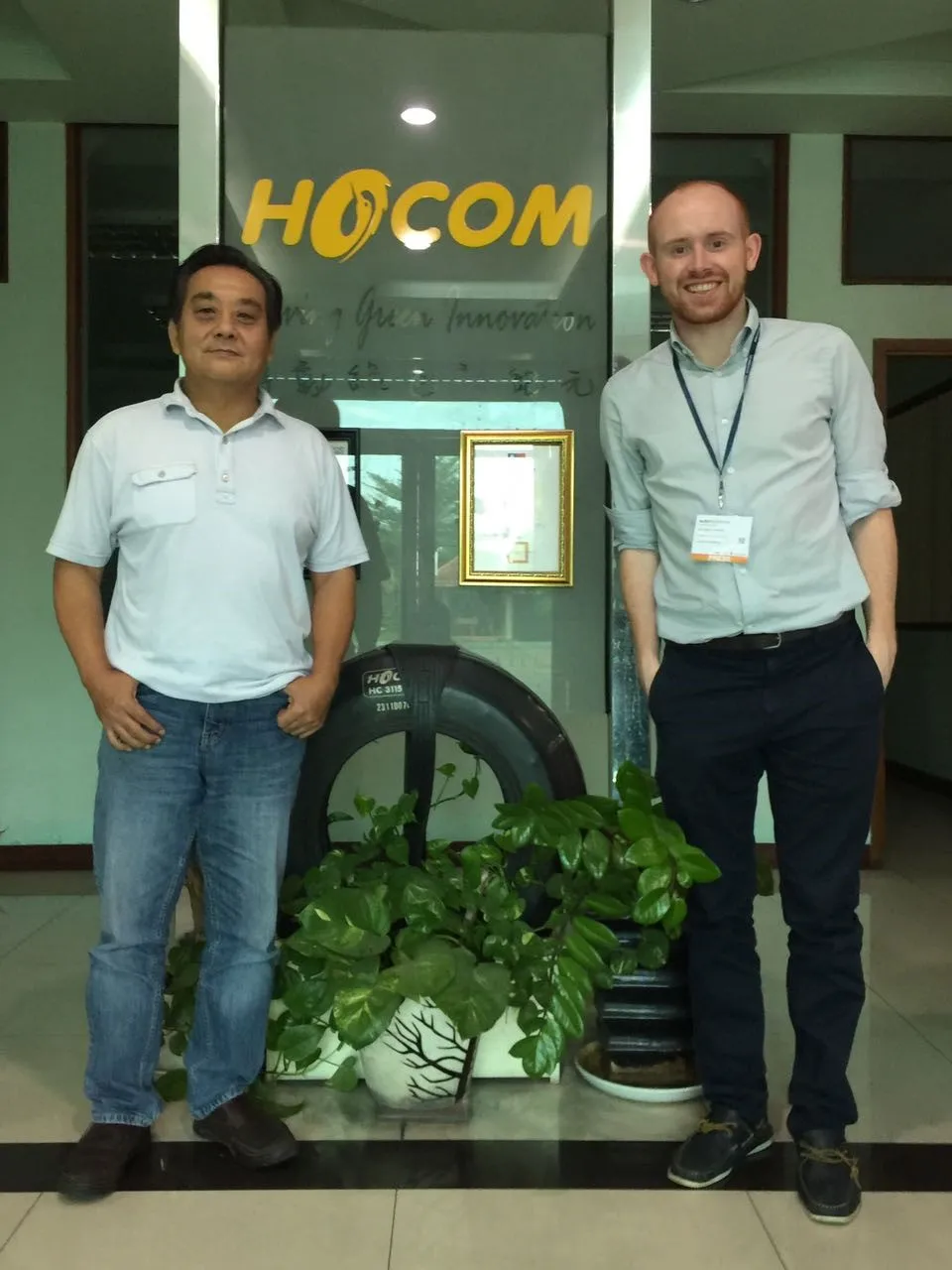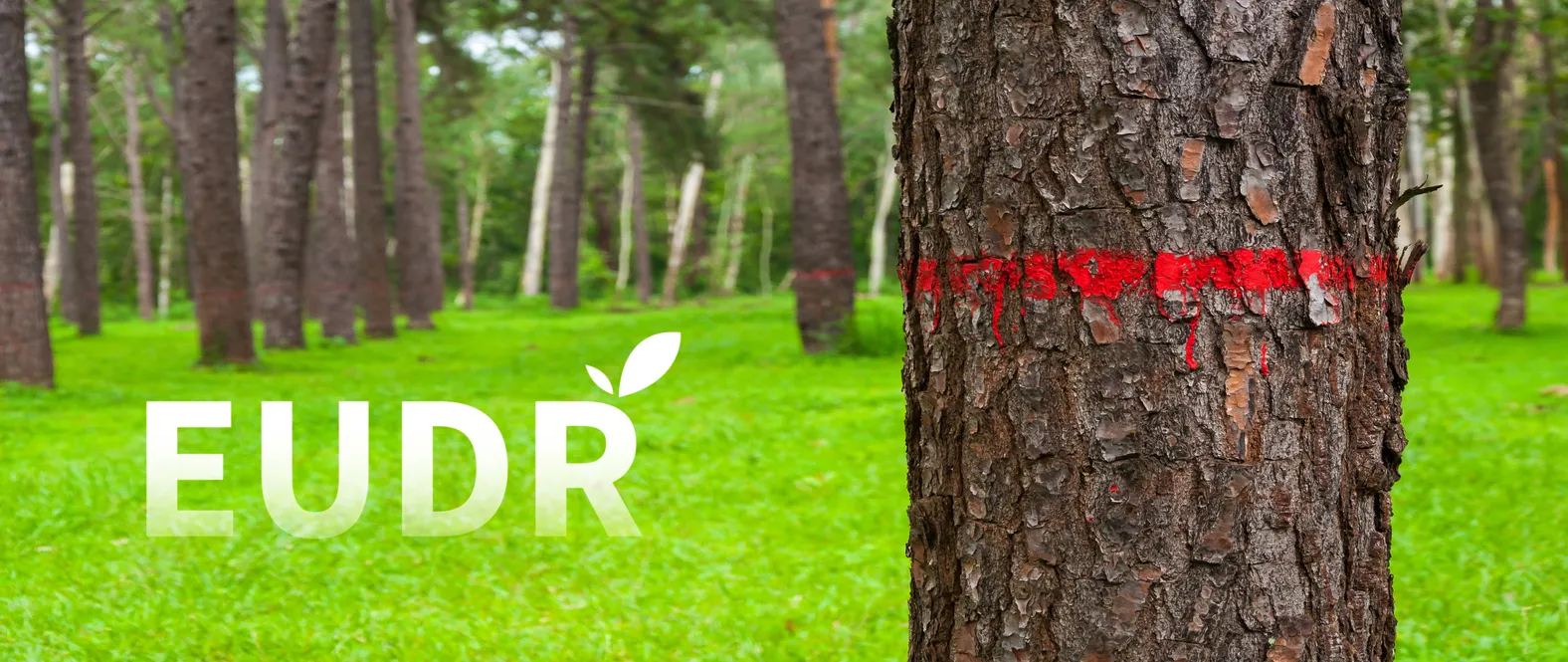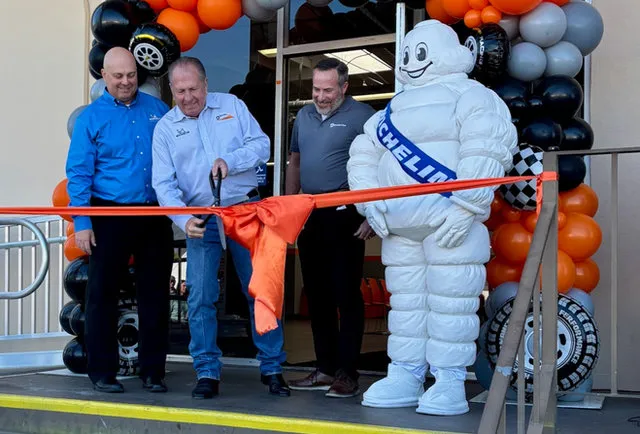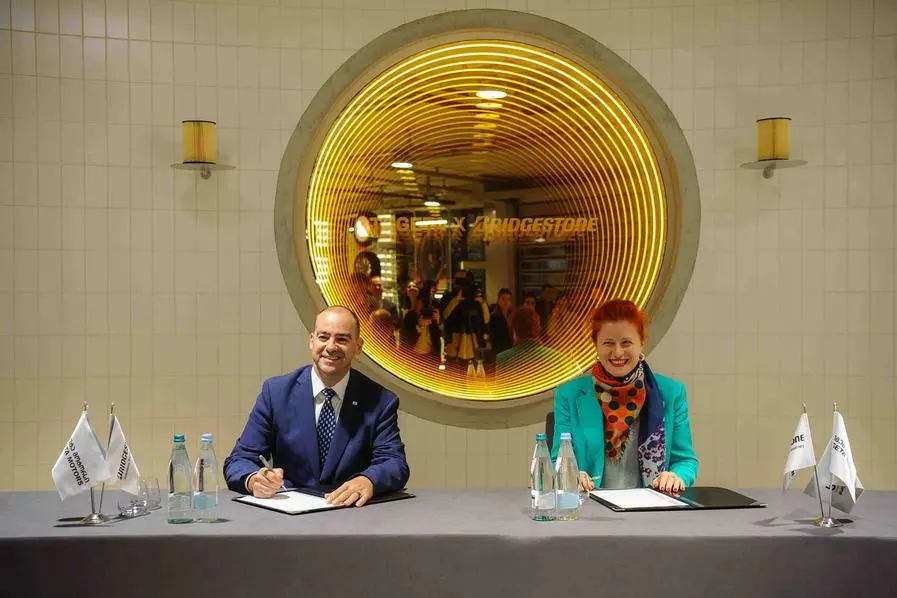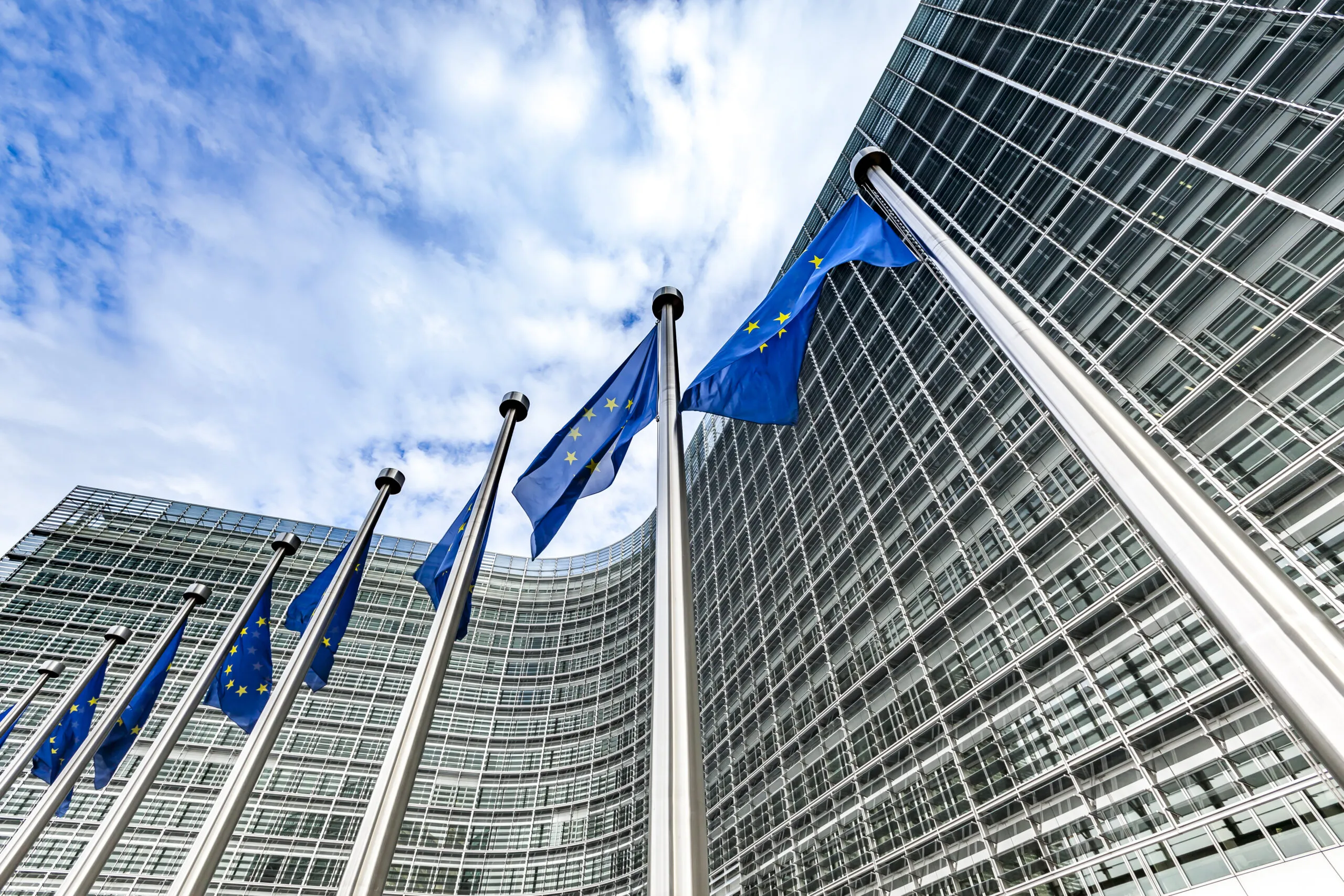Retreading Business recently met up with the CEO of envelope manufacturer Ho-Com in the form of TH Yew to discuss the company’s recent developments and ongoing plans, during which Yew revealed that Ho-Com was looking to grow through a strategy of sourcing international dealers.
Ho-Com Is Aiming to Solidify Its Position Through International Growth
Ho-Com Rubber Technology Co., Ltd. was founded back in 2005 and has been situated at the company’s current 5,000 square metre location in the Nam Tan Uyen Industrial estate in Vietnam since inception.
Currently, over 20 people work for the company, with approximately 80% working in the factory in a production capacity and the remaining 20% in the office. At this stage, Ho-Com has 2 sales representatives, mostly focusing on overseas sales, with the local market accounting for a small proportion of sales.
The production staff work according to a system of two 12-hour shifts per day from 7:30am to 7:30pm, with the second beginning at 7:30pm for another 12 hours. Considering that Ho-Com is working to maximum production capacity (3,000 outer envelope units per month and 2,000 inner envelope units per month), Yew the CEO of Ho-Com Rubber Technology Co. stated, “we will have to get two more machines to help with production.”
Yew explained to us that, on the product front, the company had added two more sizes to the inner envelope range in the form of 14 inch and 15 inch sizes. Additionally, a 17.5 inch size was due to come later this year.
Yew explained the thinking behind the development of the new sizes for the envelopes; “At present we have seven sizes for the inner envelope, but we have decided to add a new size with the market tending to towards 19.5 inches in South Korea, China and South Malaysia. We have also seen this trend in Brazil.”
Ho-Com additionally produces curing tubes, wicking pads and outer curing envelopes to offer a wide range of materials for retreaders, with the outer envelopes proving to be the company’s best seller.
Yew adds, “the outer envelopes are doing a good job in China, due to the high amounts of anti-asbestos tyres in use in the coal mining industries. The current range that we offer in the outer envelopes is perfect for all truck sizes.”
Yew had some interesting comments regarding future envelope trends; “Most mature markets will change from the ring system to one that incorporates double envelopes. This is simply due to the shorter curing times required by a double envelope system in comparison to the ring system.
“The quicker production times are made possible by the inner and outer envelope allowing for curing from the inside and outside, meaning that the curing time is much shorter and therefore resulting in cost-savings.”
When asked about the possibility of an envelope for OTR tyres, Yew clarified, “we are not yet thinking of developing envelopes for the OTR market.”
In terms of markets, 95% of Ho-com’s sales are overseas, with principal markets being China, Brazil and most of Asia, including Philippines, Malaysia and Indonesia. The remaining 5% is accounted for by the Vietnamese market.
Despite Ho-com’s strength in overseas sales, Yew and his team are constantly searching the market for more opportunities. Up until now, the company’s current strategy has been focused on picking up an exclusive dealer in each country to manage their operations in that territory.
How does Ho-Com find those dealers? Normally, the company attends global trade fairs which retreaders will be attending to strike up business relationships. Profitable shows for the firm in the past had been the REIFEN fair and the CITExpo in China. This, according Yew, is the company’s ‘most important marketing tool, as it gives Ho-Com exposure in the market.
Yew revealed exclusively that the main market that the company is currently looking at is Argentina. However, since there are a lot of agricultural applications in Argentina, they would need to develop a curing tube for agricultural operations.
The main difficulty Ho-Com has in dealing with international customers is the longer shipping times required to realise an order. Yew added, “it normally takes thirty to forty days for us to complete an order to Europe and forty-five to North America. This is a huge disadvantage for us, despite how hard we have been working to get into the US market.”
“Our only way to counteract this is to find a distributor who can take on larger quantities of stock to serve the local market.”
Unsurprisingly, Yew had much to say about the influence of Chinese tyres. “Unless the price of Chinese tyres increases or people understand the quality benefits, it will still be problematic for retreaders.”
However, the scenario was not all negative, according to Yew; “With global action being taken against anti-pollution and with new tyre prices increasing, I think brighter times could be ahead for the market. With the price of carbon black increasing by 40 to 50%, this should also aid retreading.”
For the domestic Vietnamese market, Yew explained that the market will mature in the next few years and hopefully grow. This is mainly due to the development of a highway that will run from the north to south, which will, in Yew’s opinion. make retreading “very hot”.

